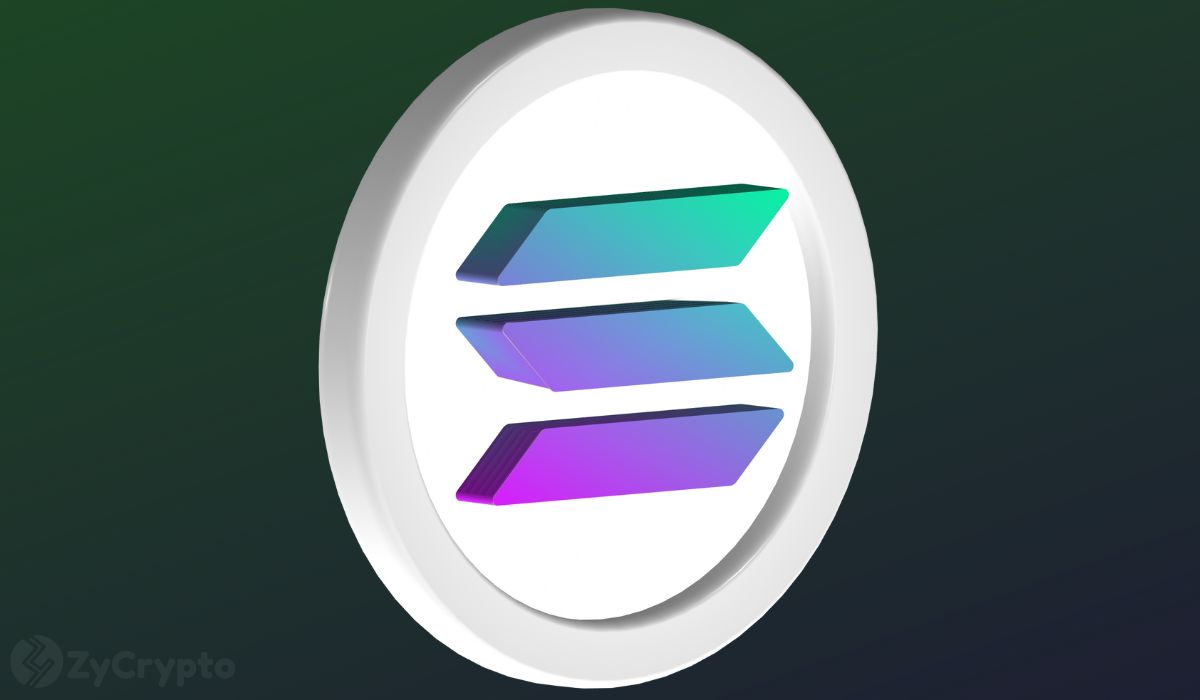- Crypto wireless network Helium has concluded its long-anticipated exodus to Solana, creating a mutually beneficial partnership.
- As part of the move, 991,000 NFTs are being minted to represent each node running on the Helium network.
- Each NFT will also serve as an authentication tool for all nodes, making them decentralized network credentials.
Solana (SOL) is having a good year, with its price skyrocketing over 131% this year and is set to improve on its technical and network infrastructure.
Helium has successfully migrated to the Solana ecosystem from its own layer 1 blockchain in a move that will create new prosperous paths for both networks. The Helium community hailed the move as a catalyst to unlocking cheaper non-fungible tokens (NFT) mints while Solana could unlock additional use cases on the blockchain.
The move will see 991,000 new NFTs minted on Solana representing each physical hotspot node on Helium. Currently, over 150,000 NFTs have been minted, according to data from Flipside Crypto. Node operators will claim their NFTs when they login to their hotspot’s wallet.
This month, Solana announced a new State Compression feature which makes it easier to mint NFTs with little cost. According to the developers, the cost of minting a million NFTs stands at $113 worth of Solana, which is far less compared to Solana’s default NFT mining price.
Without the compressor, it cost about $253,000 worth of SOL to mint NFTs, $33.2 million worth of ETH on Ethereum, and $32,000 worth of MATIC on Polygon. The Helium Foundation has justified minting nearly 1 million NFTs representing each node, asserting that the tokens will serve as an added network credential to authenticate hotspots.
A perfect start to Q2
This move mutually benefits both networks with increasing use cases, cheaper fees, and improved community participation. The move was initially approved in Sept 2022 after the community voted in favour of the migration. Deploying the ‘network of network’, which incentivizes users to share their wireless connection for rewards is key to Solana’s development.
Helium launched a 5G network to be used on smartphones, laptops, and other devices, which are already being marketed with Solana’s newly released Saga phone. Plans are also in motion by Nova Labs, the developers of Helium, to release Helium Mobile Wireless Service in the United States in partnership with T-Mobile’s nationwide coverage.
This move will be huge for Solana as it looks to recover losses after struggling with network downtimes from technical issues last year.







